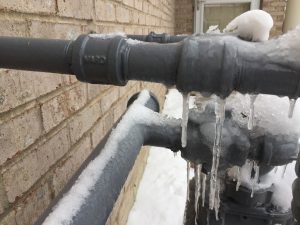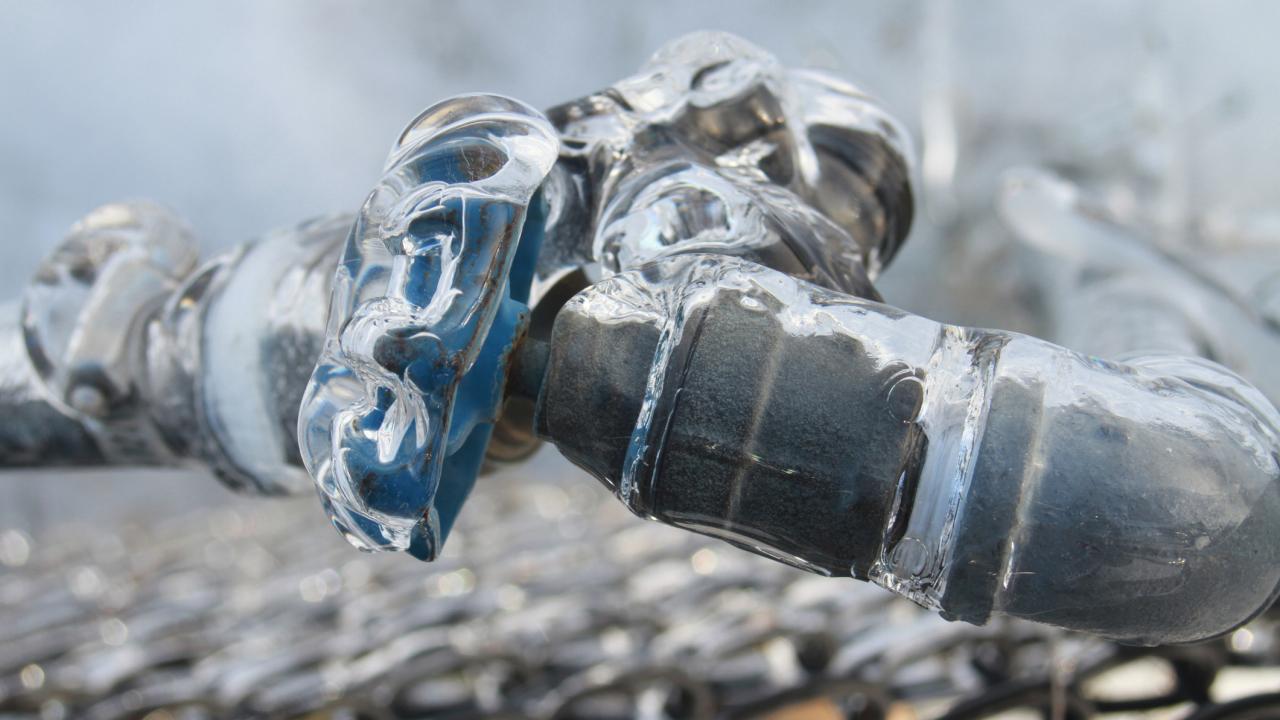How to Avoid Frozen Pipes in Winter: Pro Advice
How to Avoid Frozen Pipes in Winter: Pro Advice
Blog Article
Do you find yourself trying to locate critical info concerning How to Prevent Your Pipes From Freezing?

Winter can ruin your pipes, particularly by freezing pipes. Below's how to avoid it from taking place and what to do if it does.
Intro
As temperature levels decline, the risk of icy pipelines increases, possibly leading to costly repair work and water damage. Understanding just how to prevent icy pipes is critical for home owners in cool environments.
Avoidance Tips
Shielding at risk pipes
Cover pipelines in insulation sleeves or utilize warmth tape to protect them from freezing temperature levels. Concentrate on pipes in unheated or exterior locations of the home.
Heating techniques
Keep indoor areas appropriately warmed, particularly locations with pipes. Open cupboard doors to permit warm air to flow around pipes under sinks.
How to identify icy pipelines
Look for reduced water circulation from taps, unusual smells or noises from pipelines, and visible frost on exposed pipelines.
Long-Term Solutions
Structural modifications
Take into consideration rerouting pipelines far from outside walls or unheated areas. Add additional insulation to attics, cellars, and crawl spaces.
Upgrading insulation
Buy high-quality insulation for pipelines, attics, and walls. Appropriate insulation helps preserve regular temperatures and lowers the danger of frozen pipelines.
Protecting Outside Plumbing
Yard hose pipes and outdoor taps
Separate and drain yard tubes prior to winter season. Install frost-proof spigots or cover outdoor faucets with shielded caps.
Comprehending Frozen Pipelines
What causes pipes to ice up?
Pipelines freeze when subjected to temperature levels below 32 ° F (0 ° C) for prolonged durations. As water inside the pipelines ices up, it expands, putting pressure on the pipeline wall surfaces and possibly creating them to burst.
Risks and damages
Frozen pipes can cause water disruptions, residential property damages, and pricey fixings. Ruptured pipes can flood homes and cause extensive architectural damages.
Indications of Frozen Water Lines
Determining frozen pipelines early can avoid them from rupturing.
What to Do If Your Pipelines Freeze
Immediate activities to take
If you presume icy pipes, keep taps available to ease pressure as the ice thaws. Utilize a hairdryer or towels soaked in warm water to thaw pipelines slowly.
Verdict
Protecting against frozen pipes calls for aggressive measures and quick feedbacks. By understanding the causes, indicators, and preventive measures, property owners can protect their pipes during winter.
5 Ways to Prevent Frozen Pipes
Drain Outdoor Faucets and Disconnect Hoses
First, close the shut-off valve that controls the flow of water in the pipe to your outdoor faucet. Then, head outside to disconnect and drain your hose and open the outdoor faucet to allow the water to completely drain out of the line. Turn off the faucet when done. Finally, head back to the shut-off valve and drain the remaining water inside the pipe into a bucket or container. Additionally, if you have a home irrigation system, you should consider hiring an expert to clear the system of water each year.
Insulate Pipes
One of the best and most cost-effective methods for preventing frozen water pipes is to wrap your pipes with insulation. This is especially important for areas in your home that aren’t exposed to heat, such as an attic. We suggest using foam sleeves, which can typically be found at your local hardware store.
Keep Heat Running at 65
Your pipes are located inside your walls, and the temperature there is much colder than the rest of the house. To prevent your pipes from freezing, The Insurance Information Institute suggests that you keep your home heated to at least 65 degrees, even when traveling. You may want to invest in smart devices that can keep an eye on the temperature in your home while you’re away.
Leave Water Dripping
Moving water — even a small trickle — can prevent ice from forming inside your pipes. When freezing temps are imminent, start a drip of water from all faucets that serve exposed pipes. Leaving a few faucets running will also help relieve pressure inside the pipes and help prevent a rupture if the water inside freezes.
Open Cupboard Doors
Warm your kitchen and bathroom pipes by opening cupboards and vanities. You should also leave your interior doors ajar to help warm air circulate evenly throughout your home.

Do you like reading up on Helpful Tips to Prevent Frozen Pipes this Winter? Try to leave feedback directly below. We will be pleased to know your opinion about this piece. We are looking forward that you come back again soon. Enjoyed reading our posting? Please quickly share it. Let others check it out. Thanks for being here. Don't hesitate to visit our site back soon.
Call Today Report this page